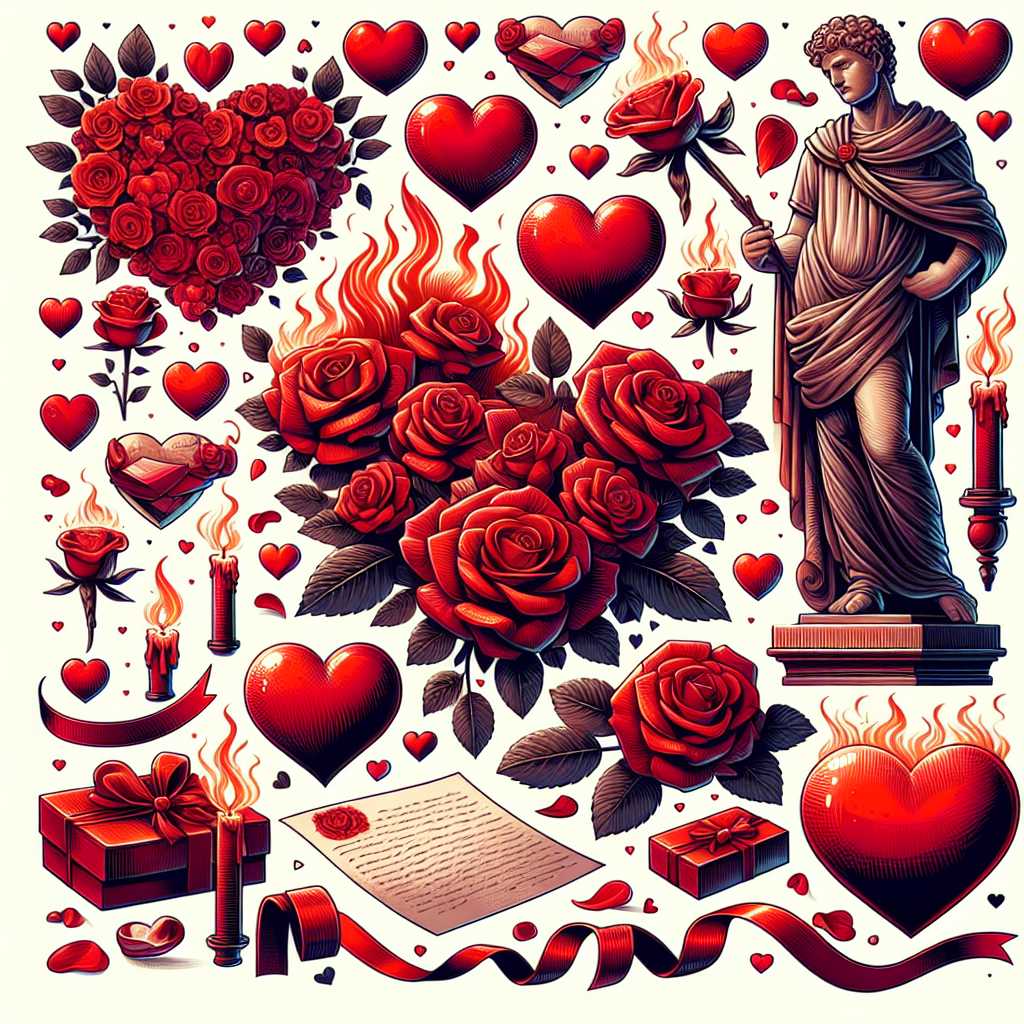The Enigmatic History of Saint Valentine and the Celebration of Love
Valentine’s Day, celebrated on February 14th every year, is widely recognized around the world as a day to celebrate love and affection between intimate partners. What many might not know is that this day has its roots in history and legend, intertwined with the story of a Christian martyr known as Saint Valentine. The association of the day with love and romance is not directly evident in the early historical accounts but emerged through centuries of cultural evolution and intertwining of several traditions.
Saint Valentine: The Martyr Behind the Day
Saint Valentine, the namesake for Valentine’s Day, is believed to have been a priest or bishop in Rome during the 3rd century. According to one of the most prevalent legends, Valentine continued to secretly wed young couples even after Roman Emperor Claudius II had prohibited young men from marrying, under the belief that unmarried soldiers fought better than married soldiers burdened with family concerns. Another aspect of his story claims that he ministered to Christians persecuted under the Roman Empire and was martyred for his actions.
There is also a tale that tells of Saint Valentine cut from a different cloth, one where he helped Christians to escape harsh Roman prisons, which led to his eventual arrest. But it included an unlikely spiritual victory: upon falling in love with the jailer’s daughter and miraculously healing her blindness, Valentine sent a heartfelt final message to her signed “from your Valentine” before his execution—possibly birthing the tradition of sending love notes on this day.
Multiple Valentines are mentioned in Christian martyr portfolios. The Saint we acknowledge today could potentially be an amalgam of these different figures, woven together over time to create the iconic Saint Valentine.
From Martyrdom to Romance: The Association with Love
The transformation of Saint Valentine’s feast day from an observance of a saint’s martyrdom into a day devoted to romantic love wasn’t immediately apparent. In 496 AD, Pope Gelasius I designated February 14th as a liturgical celebration in honor of Saint Valentine, without any mention of love or relationships.
It wasn’t until the Middle Ages that the day started to gain its romantic connotations. Geoffrey Chaucer, the English poet, is often credited with forging the connection in his work “Parliament of Foules,” where he links a tradition of courtly love to the feast of Saint Valentine for the first time. This marked the starting point for Valentine’s Day as a celebration for lovers.
The Evolution Into a Modern Celebration
Over time, customs for Valentine’s Day grew. Fancy handwritten notes, or “valentines,” became popular in sixteenth-century England. By the time of the Industrial Revolution, with advancements in print technology, mass-produced cards began to replace handwritten letters.
The United States caught on by the middle of the nineteenth century when Esther Howland began selling the first mass-produced valentines cards in America. Today, customs include gift-giving such as chocolates and flowers; elaborate dinners; and increasingly elaborate expressions of affection that sometimes happen within platonic and familial relationships as well as romantic ones.
Contemporary Challenges and Criticisms
Despite its widespread popularity, Valentine’s Day faces criticism from various quarters. Critics argue it has become excessively commercialized, instigating unnecessary pressure to spend money on gifts and experiences. Popular culture’s portrayal of an idealistic version of romance can amplify loneliness for those who are single or far from loved ones.
Furthermore, because of its Christian roots, Valentine’s Day has faced opposition in some non-Christian countries who may see it as a mode of cultural imperialism, prompting bans or restrictions on its celebration.
